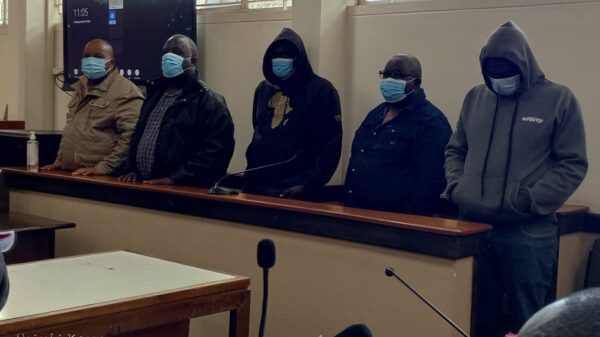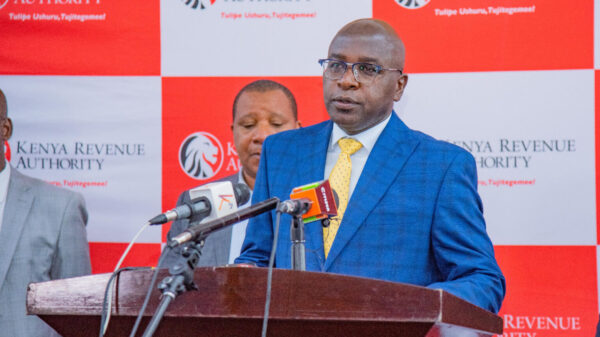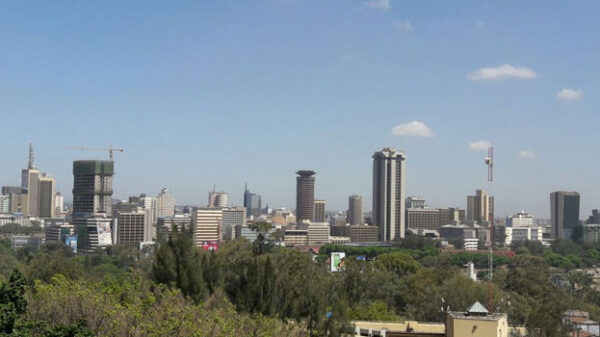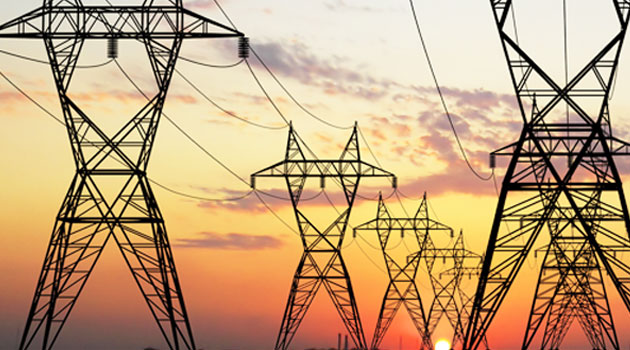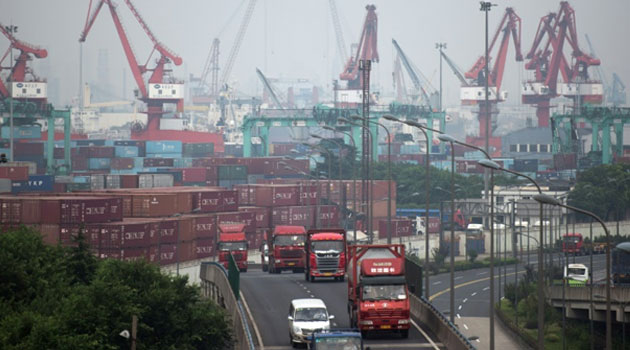
Premier Li Keqiang told the opening of the National People’s Congress (NPC) parliament, the country’s Communist-controlled legislature, that this year’s growth target was “6.5 percent to 7 percent”/FILE
The country is a key driver of global growth but expansion fell last year to 6.9 percent, its slowest in a quarter of a century, and worries over its health have sent tremors through stock markets around the world.
Premier Li Keqiang told the opening of the National People’s Congress (NPC) parliament, the country’s Communist-controlled legislature, that this year’s growth target was “6.5 percent to 7 percent”.
Li struck a deeply realistic tone, cataloguing the impact on the country’s outlook of weak trade growth, fluctuations in commodity and financial markets, and rising geopolitical risks.
“China will face more and tougher problems and challenges in its development this year, so we must be fully prepared to fight a difficult battle,” he said, adding that the government would increase deficit spending.
“Downward pressure on the economy is growing,” Li said. “Domestically, problems and risks that have been building up over the years are becoming more evident.”
Anne Stevenson-Yang, co-founder of investment advisers J Capital Research, said Li was sending a message that “‘This is a painful year. We are going to grit our teeth and hope we can create an upturn in 2017’.”
The annual, highly choreographed event at the Great Hall of the People featured mostly male attendees in dark suits or the colourful costumes worn by ethnic minorities at official ceremonies.
Li’s nearly two-hour speech to serried ranks of delegates was punctuated by regular bursts of polite applause, and the sound of thousands of sheets of paper turning simultaneously each time he finished reading a page.
Audience member Zhao Jiajun, a doctor from Shandong province in the east, called the speech “fairly pragmatic”, adding it “touched on many problems”.
“Every area has places that are still imperfect, lots of things can’t be accomplished in one shot,” he told AFP. “It’s like climbing a mountain. You go up step by step. It’s impossible to walk to the top in a single step.”
– ‘Market expectations’ –
Premier Li said that authorities would make much-needed cuts to overcapacity in the steel, coal, and “other industries facing difficulties”.
State-owned enterprises, many of which are plagued by inefficiencies and overcapacities, will be prompted “to make structural adjustments”, he said, with some reorganised, merged, or forced to exit the market.
Such pledges have been made many times before and Christopher Balding, professor of economics at Peking University’s HSBC Business School, told AFP the cuts were insufficient to cancel out additional capacity recently added or still coming online.
“A lot of these problems they’ve been talking about for many years but nothing has come of it,” he said.
China is attempting a difficult transition from dependence on exports and investments to consumer-led growth, seen as slower but more sustainable.
Nevertheless, Li said that this year, central government investment spending would rise to 500 billion yuan ($77 billion), while nationwide spending on railway construction would exceed 800 billion yuan and road-building would top 1.65 trillion yuan.
China’s leaders have sought to reassure jittery global markets in recent weeks with a unified message that authorities still have monetary and fiscal policy tools in their arsenal to keep the economy from further slowdown.
Li projected a government deficit for 2016 of 2.18 trillion yuan, 3.0 percent of GDP, up from 2.3 percent last year, which would be the highest for several decades.
A three percent level has long been seen as a red line by authorities, but Li noted that such a ratio was lower than in other major economies.
China was also targeting consumer inflation of around 3 percent and unemployment within 4.5 percent, he added, and pledged reductions in releases of some major pollutants.
Li did not give a specific target for trade, which fell last year, only aiming for “a steady rise in import and export volumes” and “a basic balance in international payments”.
The GDP growth target had been set at “about seven percent” last year.
China’s leaders have traditionally declared it at an easily achieved level that was regularly exceeded, and even then usually approximated to provide room for positive spin. Using a range, rather than a single figure, will widen the goal further.
Li said the declared band will “help guide market expectations and keep them stable”.














